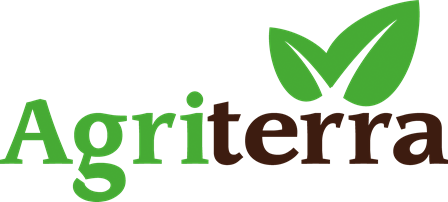

Client Notification
Since early 2023, Paraguay AG Invest completed its sales and marketing agreement with Agri Terra KG. The citrus lots and greenhouse units are sold out. Agri Terra KG is now focused on the greenhouse construction and reorganizing the management staff in Paraguay to improve all aspects of production and client profits.
Therefore, from June 30, 2023, Agri Terra KG officially assumed all client communication responsibilities, including reports, updates, and other requests by their clients.
The Agri Terra KG office contact information in Germany is as follows:
Agri Terra KG Deutschland
Gut Mlöschenfeld
St.-Ottilien-Weg 11
85630 Grasbrunn bei München
DEUTSCHLAND
Email: Kundenservice@Agri-Terra.de
(central contact point for customer inquiries, to which several employees have access – there is usually a quick answer here, if only that the request has been forwarded to the right place)
Tel. : +49 (0)8106 999 554 0
(phone number reception office Gut Möschenfeld – calls will be forwarded if necessary, and requests will be recorded)
Website: https://agri-terra.net/